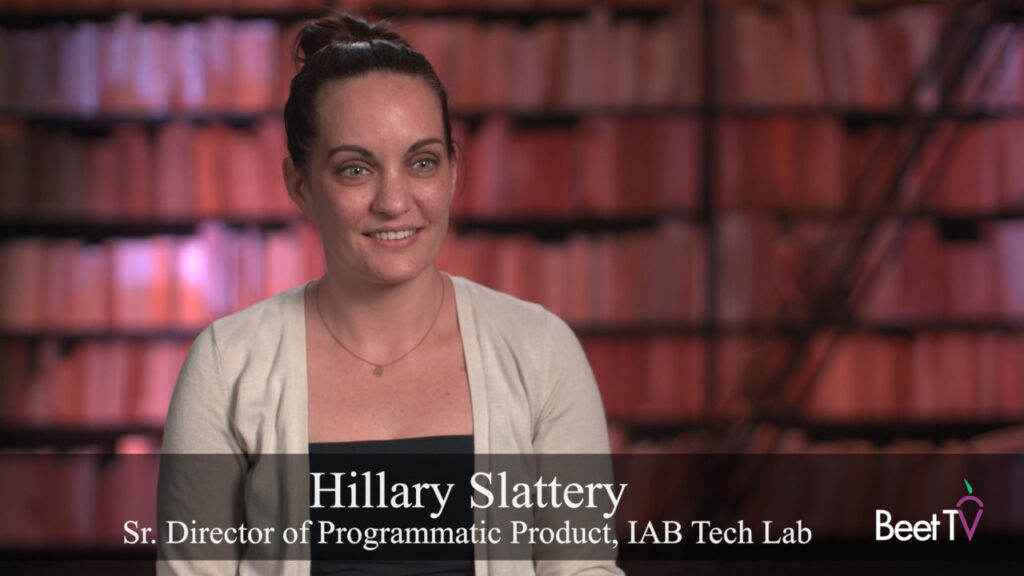Addressable advertising is making great strides in fulfilling its promise to show different commercials to different households during the same television programming. These capabilities rely on various sources of first-party data, which advertising data and insights platform Blockgraph brings together.
“Having really accurate first party data is critical for advertisers who want to reach their audiences and measure the results,” Jason Manningham, chief executive of Blockgraph, said in this interview at the Go Addressable summit in New York.
“If we think about TV specifically, there’re different types of first party data,” he said. “There’s first-party identity and understanding who is actually consuming the content and which ads are they actually viewing. And then there’s also first-party viewing data and ad exposure data.”
While media companies have audience data, marketers have data about consumers they are most likely to convert into paying customers.
“Advertisers have first-party audience segments they want to reach in terms of their target buyers and then they also have outcomes and purchases and website visits and other types of first party outcomes,” Manningham said. “All of that needs to come together and it needs to do it in a way that is highly accurate and with consistency, and that’s really the role that Blockgraph has been and focused on helping the industry do.”
Media buying strategies on addressable platforms depend on this accurate information.
“It really comes down to measurement and actually understanding the outcomes that addressable is driving towards,” Manningham said. “In order for advertisers to have the confidence that their media is driving the results, they need great attribution, and they need to be able to tie their business outcomes, whether it’s a purchase, a website visit, a survey, a brand uplift.”
Artificial vs. Human Intelligence
Artificial intelligence technology is being applied in a variety of ways to addressability, but Manningham said it’s important that the advertising and media industries not assume that automation is everything.
“AI is super powerful and super important and will continue to make its way in terms of innovation and make the industry truly more automated,” he said. “What’s important is that we don’t lose the human touch and we focus on solving the very important problems that exist today, which is: how do I make buying addressable TV really easy? That’s a really exciting development I think that we’ll see continue into next year.”
You’re watching Beet.TV coverage of “Go Addressable 2024: TV, Unified – The Intersection of Addressability & Innovation,” presented by Go Addressable. For more videos, please visit this page.































